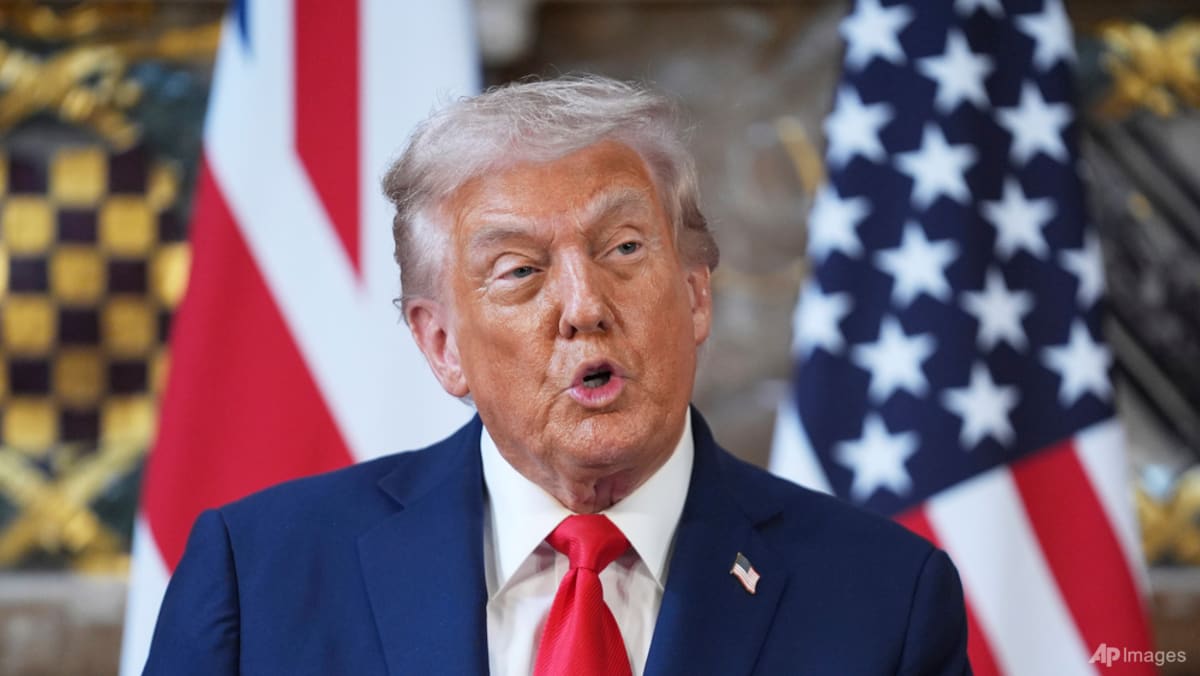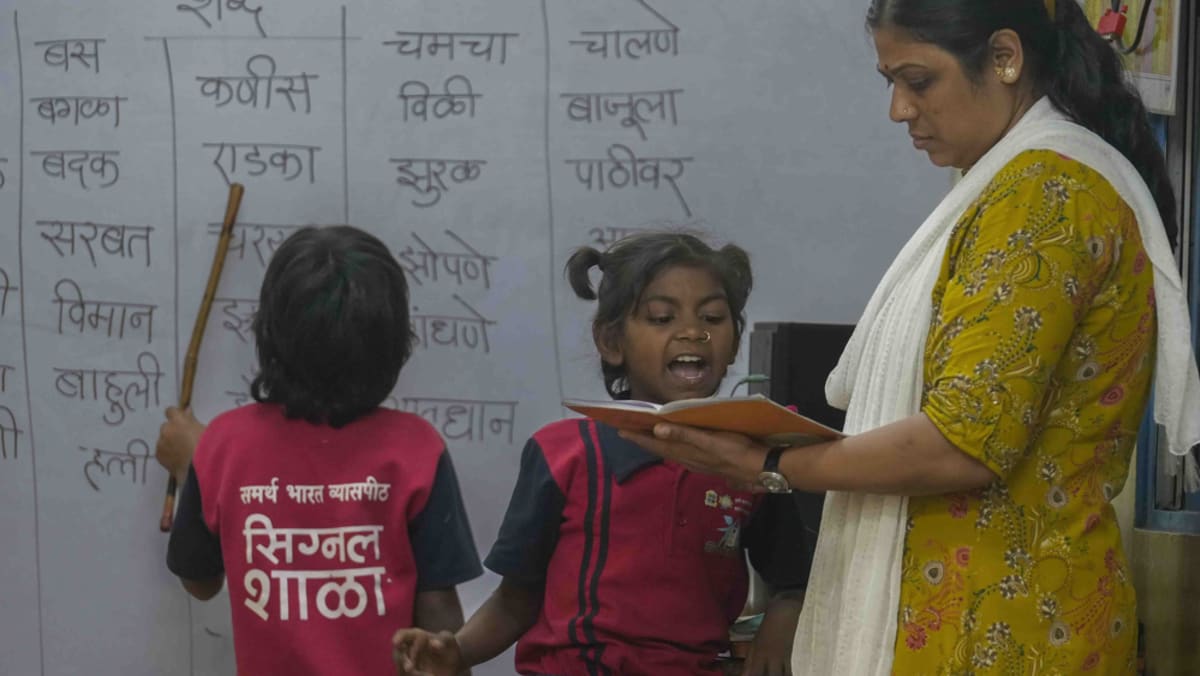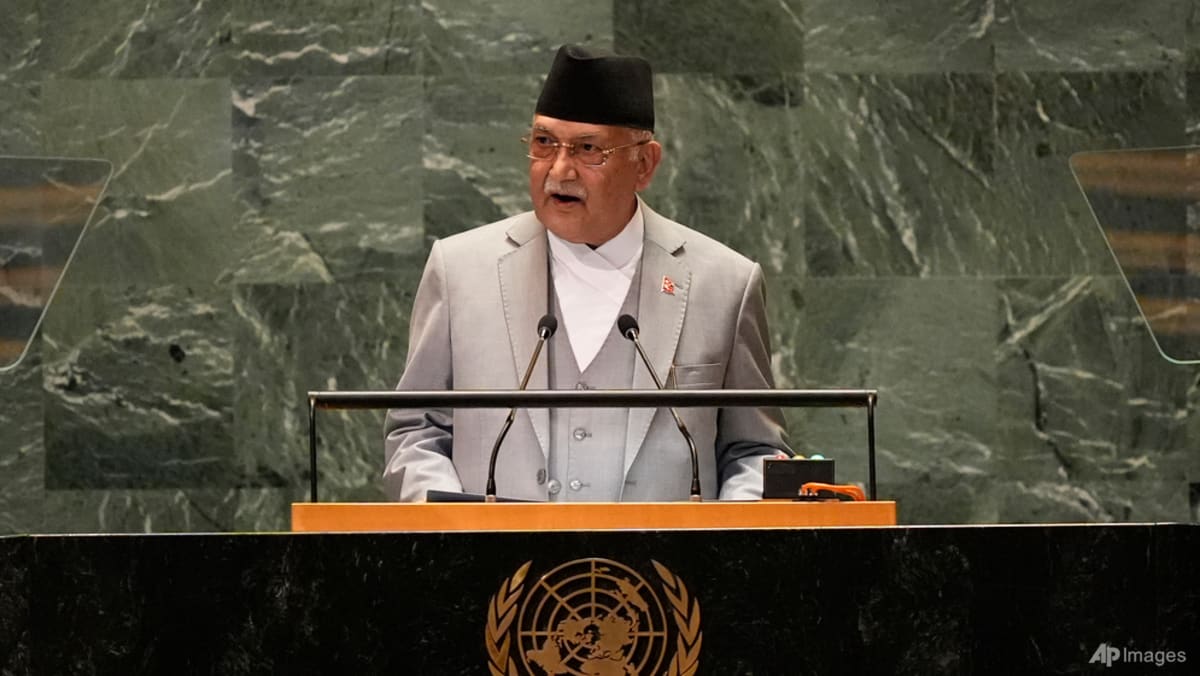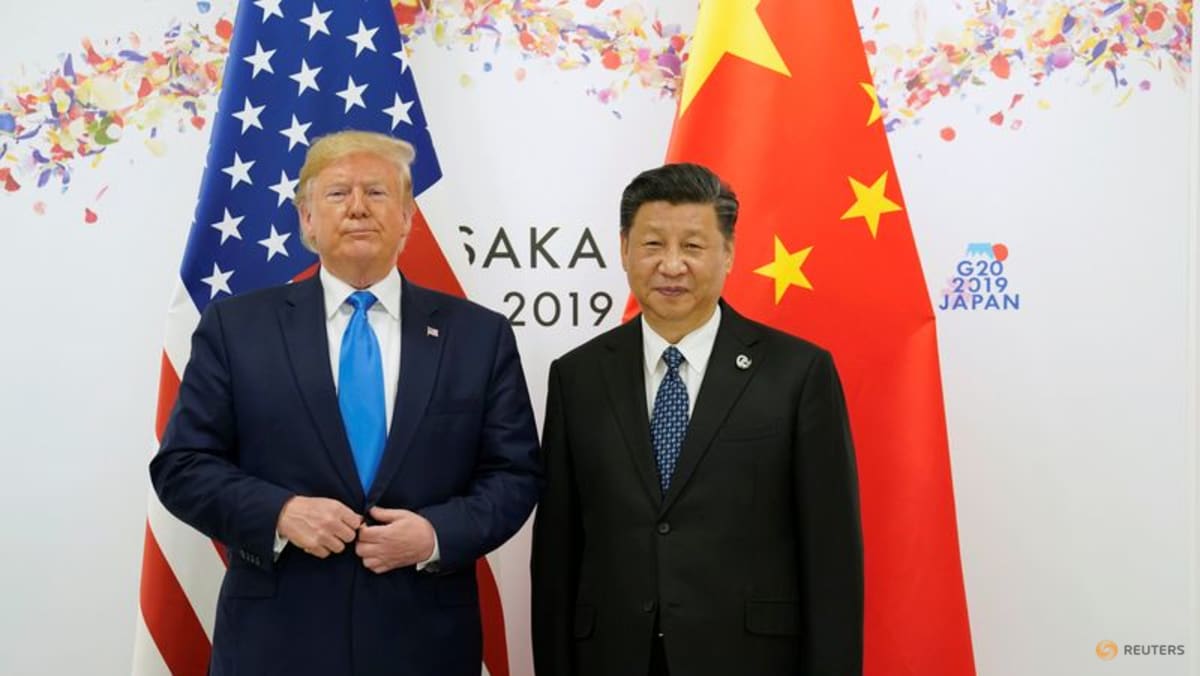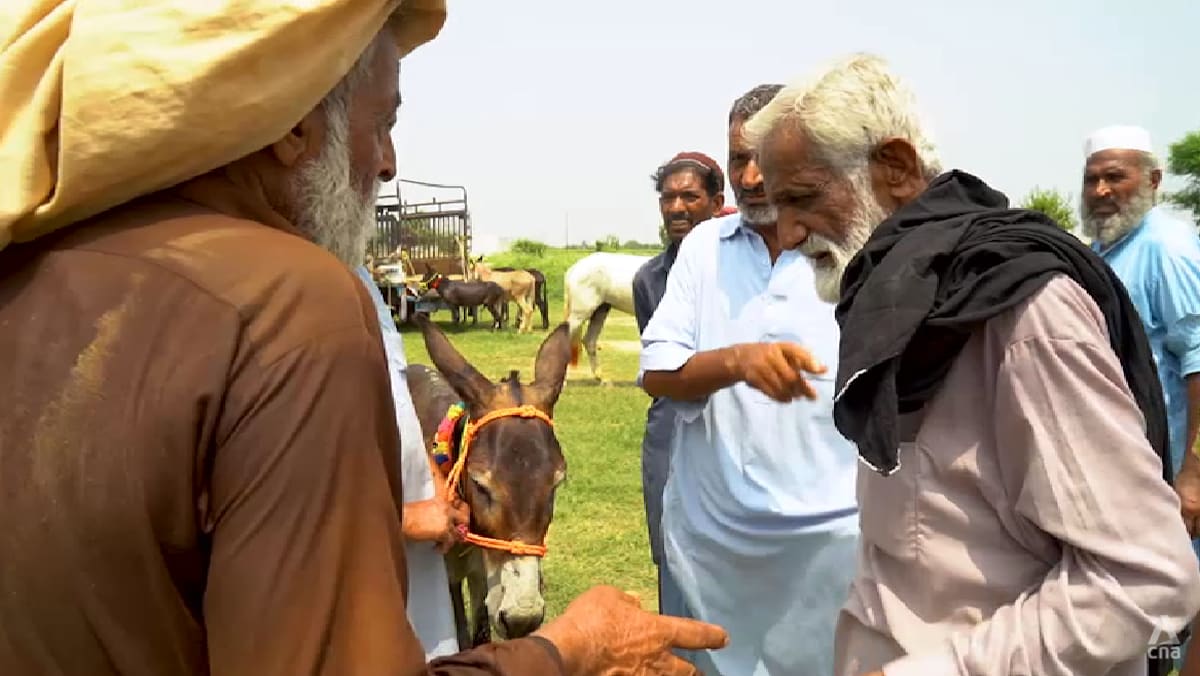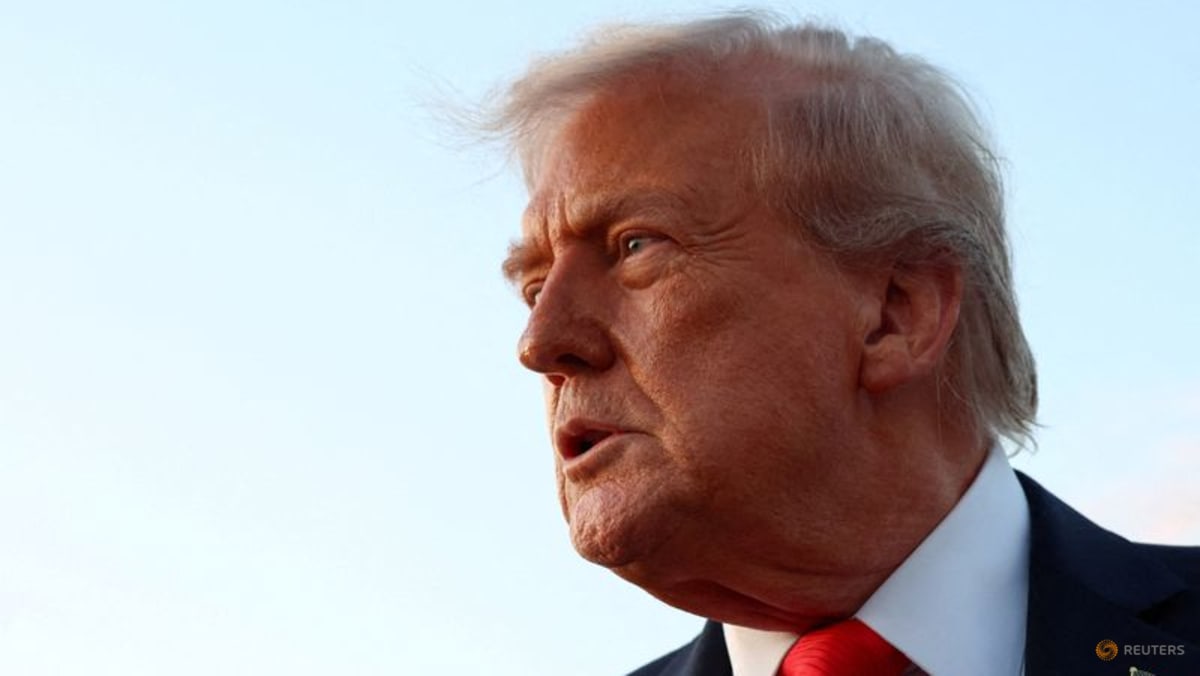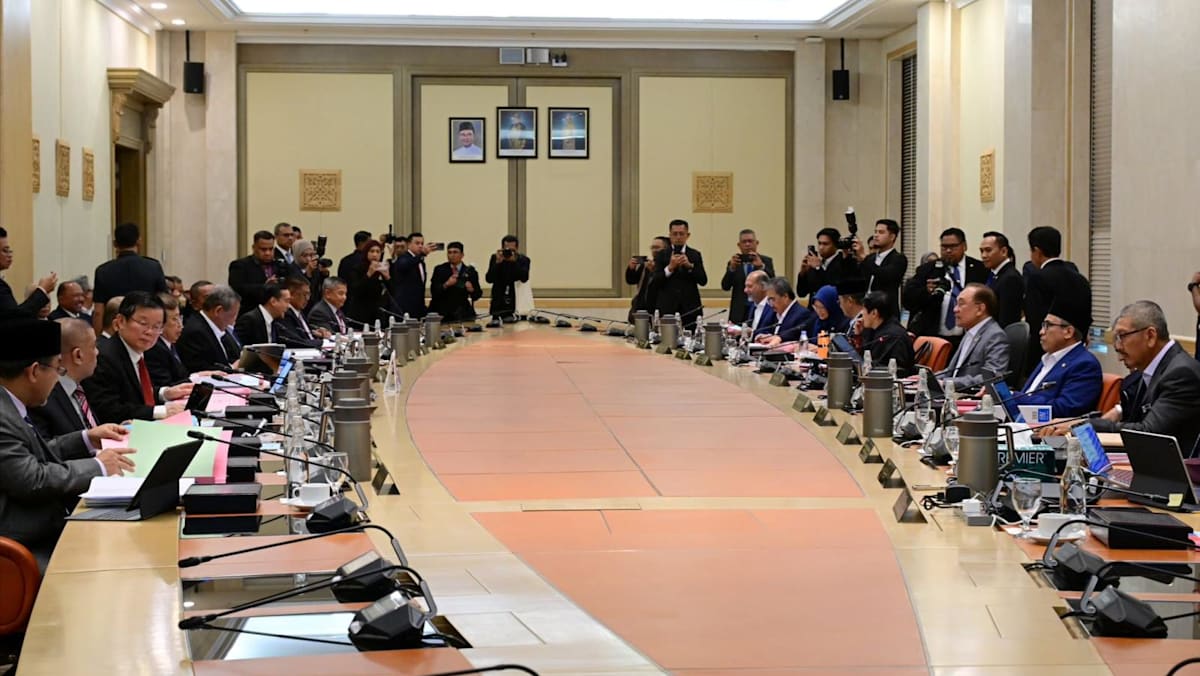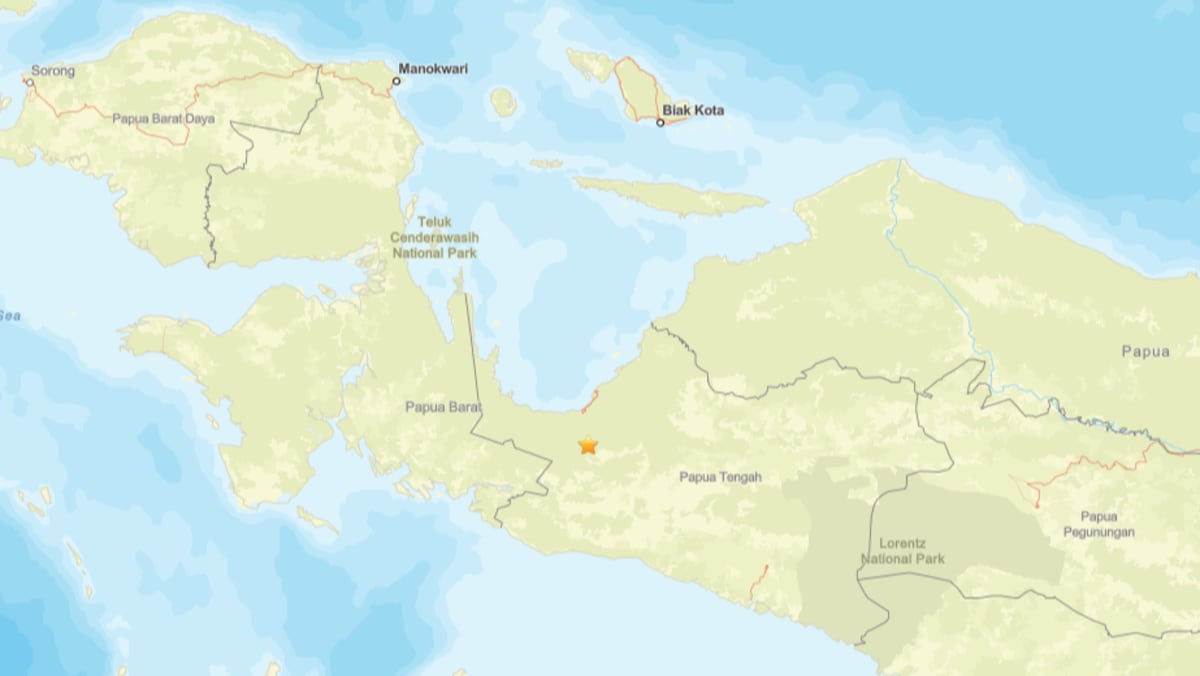A common argument for the three-language formula is that there must be a language to facilitate internal migration. But English is the only common language explicitly prescribed by the policy, creating a coordination problem in selecting an Indian language to be taught across all states.
According to the 2011 census, 57.1 per cent of Indians spoke Hindi as a first-, second- or third-language, compared to 8.9 per cent who speak the next most common Indian language.
Hindi might seem the most practical option, but the number of speakers is greatly inflated because the government lumps 56 languages under the Hindi umbrella – the proportion of first-language Hindi speakers falls from 43.6 per cent to 33.6 per cent if the 12 languages seeking distinct recognition are removed.
And even though Hindi is spoken on the largest scale, its fraught political history has seen its increasing presence create tensions in states like Tamil Nadu, Karnataka, Maharashtra and West Bengal, making it untenable as a link language.
Plus, the vast majority of migration in India is intra-state, where people speak the same or similar languages. Inter-state migration, accounting for only 12 per cent of all migration, is likely too insignificant for an entire language policy to be designed around it.
Migration that crosses linguistic boundaries primarily involves people from northern states moving to southern states for work, where different languages are spoken and Hindi is more opposed.
Another problem is that Hindi has yet to demonstrate significant commercial value. India’s impressive GDP growth is driven by the 10 per cent of the population with relatively high disposable incomes.
Becoming part of this elite segment usually requires proficiency in English and a professional job in the formal economy – most of which are located in the non-Hindi-speaking southern states. Even if the government pushes learning Hindi, the market offers no reward.


